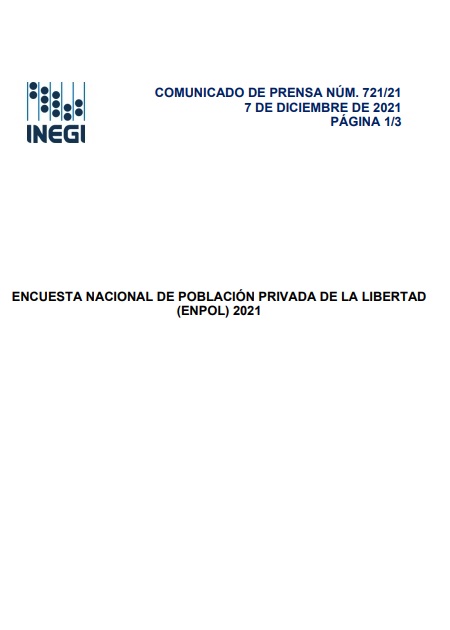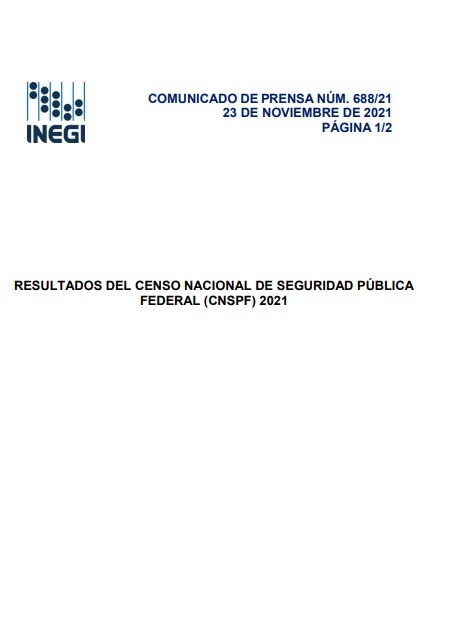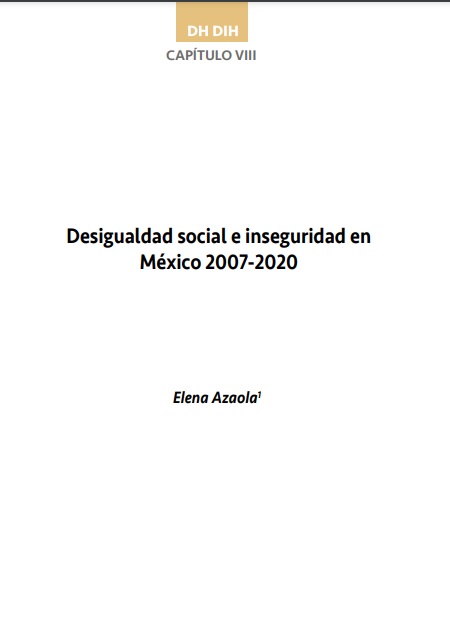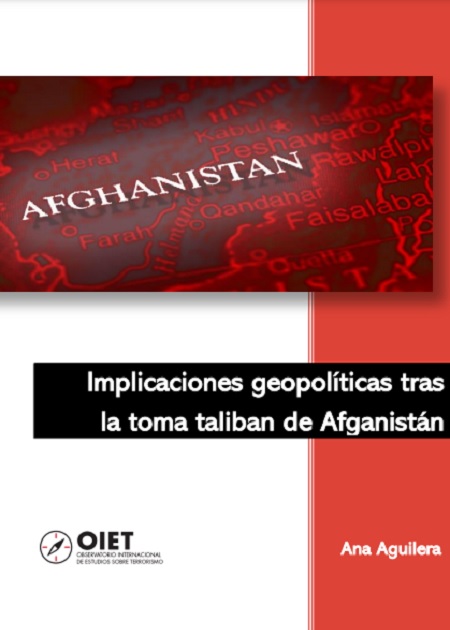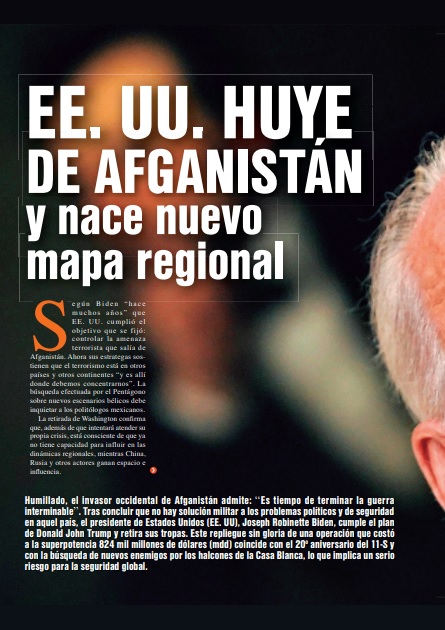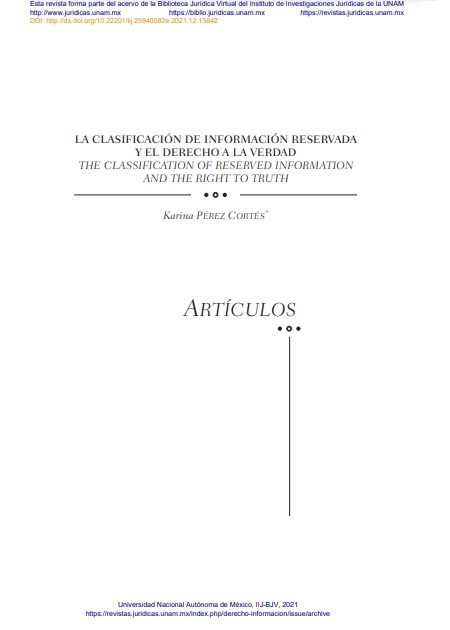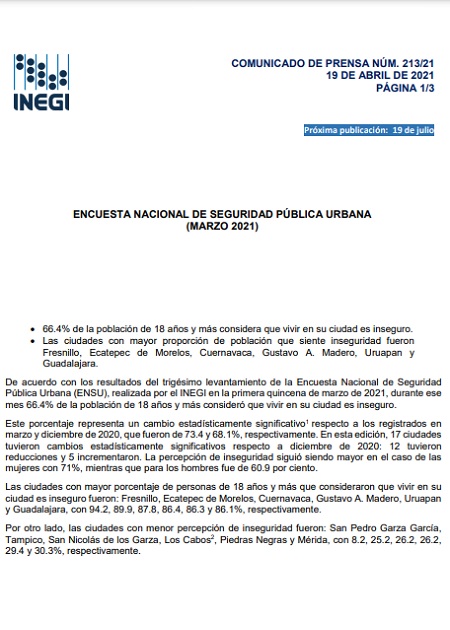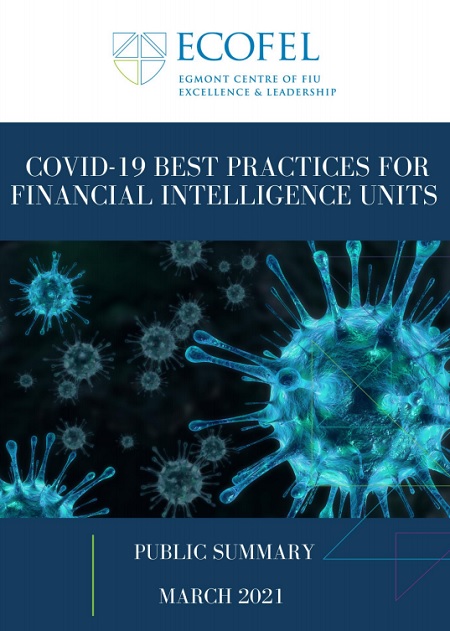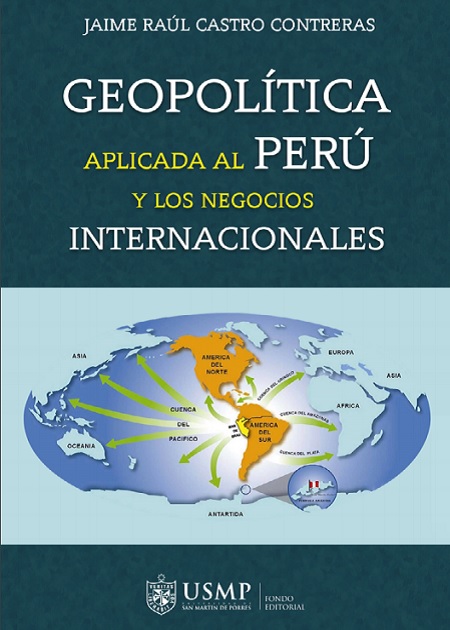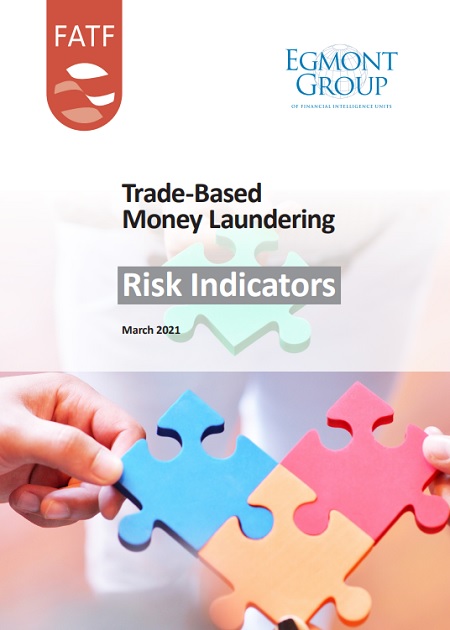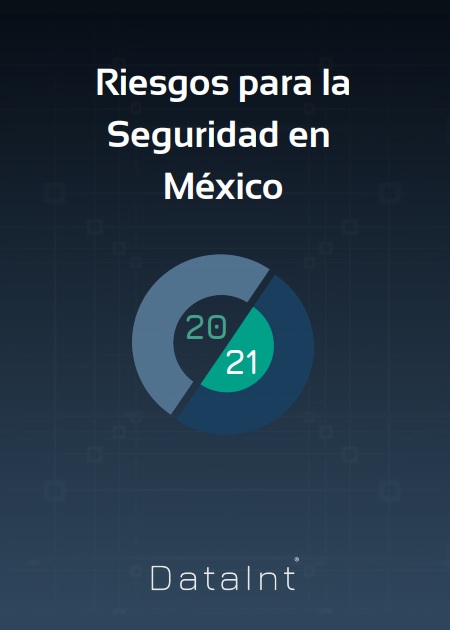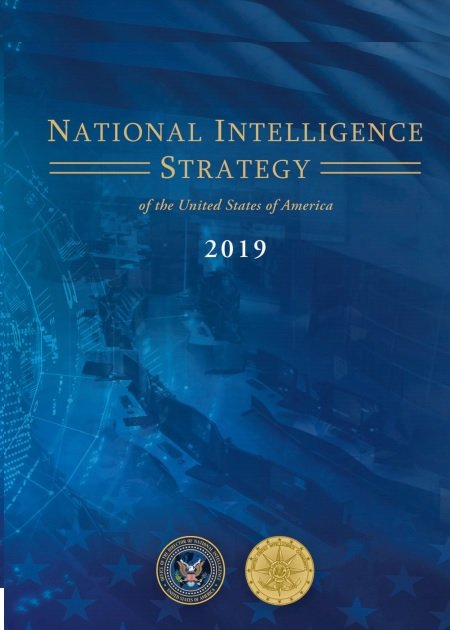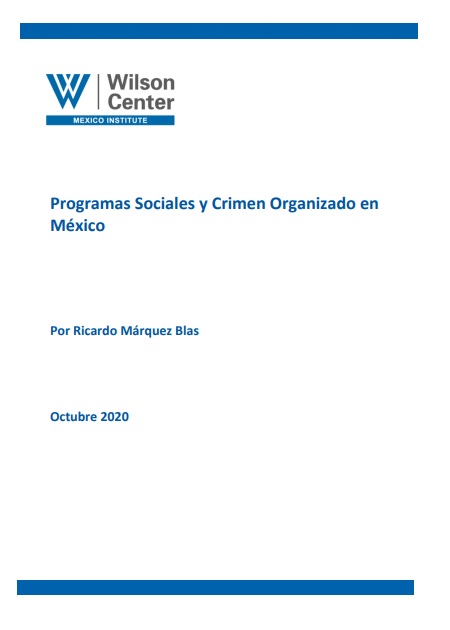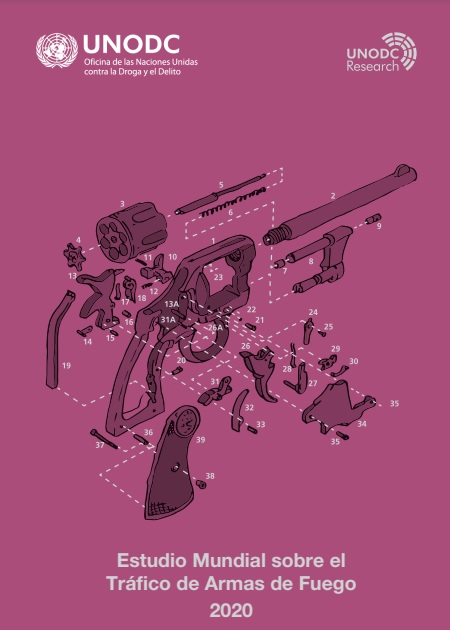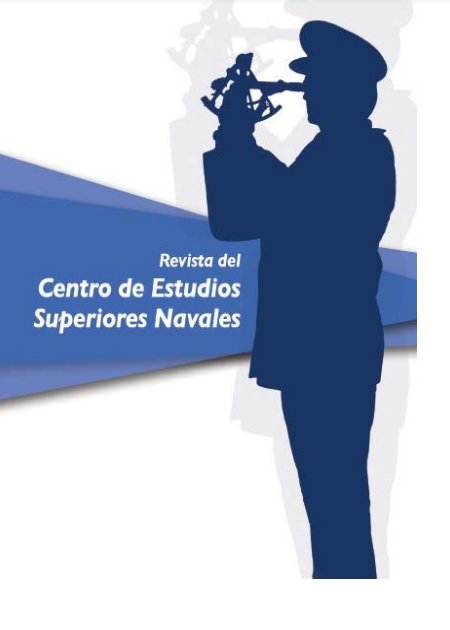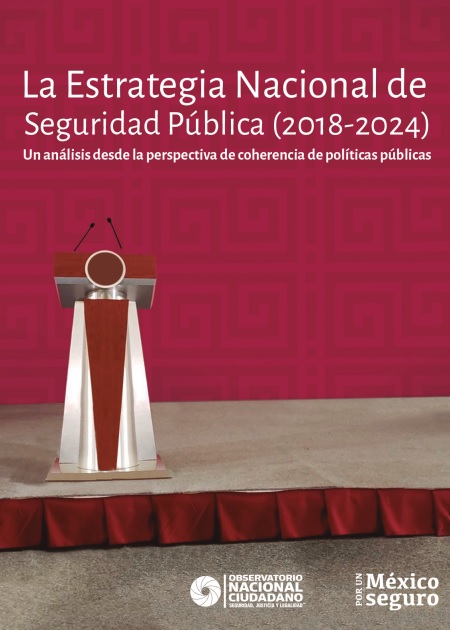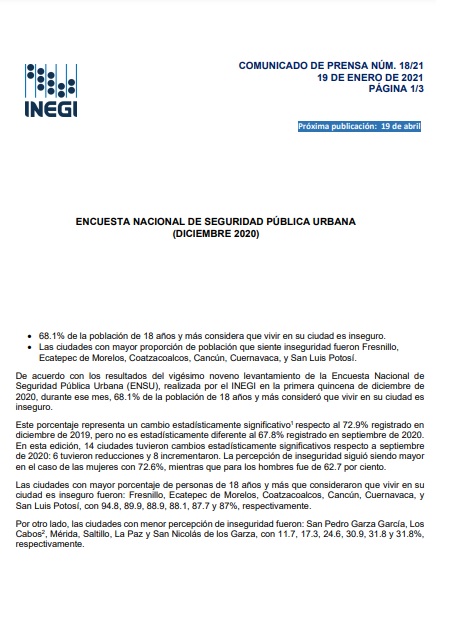pdf Using Evidence to Improve Refugee Resettlement Popular
Por CASEDE Etiquetado en Julio2020, Novedades 1512 descargas
MPIE_Resettlement-MonitoringEval-Final.pdf

Título completo: Using Evidence to Improve Refugee Resettlement
Fecha de publicación: Junio 2020
Institución participante: Migration Policy Institute Europe, European Union
Fragmento original: Executive Summary
There has been a huge flurry of activity around refugee resettlement over the last five years, with many countries launching resettlement programmes for the first time or scaling up existing efforts. Within the European Union, resettlement has become a bona fide priority and, with a New Pact on Migration and Asylum on the horizon, it could take on even more importance. In addition, the move by the United States— the biggest resettlement player until 2018—to drastically reduce its refugee admissions has left other countries in the lead in global efforts to address displacement. But to ensure the sustainability of both old and new resettlement programmes, it is essential for policymakers and programme designers to take stock of lessons learnt and be able to demonstrate the merits of their activities and design choices.
Monitoring and evaluation (M&E) is the missing link. Many countries’ resettlement systems do not have a strong M&E culture, but developing one can help policymakers and programme designers assess a programme’s potential to fulfil its strategic and operational objectives. It can also improve understanding of obstacles—both what they are and how to overcome them—and lead to better outcomes for refugees and communities in countries of resettlement and first asylum. More broadly, M&E can support resettlement systems in three key ways
| Publicaciones de Agosto 2021 |
|---|
|
|
| Publicaciones de Julio 2021 |
|---|
|
|
| Publicaciones de junio 2021 |
|---|
|
|
| Publicaciones de mayo 2021 |
|---|
|
|
| Publicaciones de Marzo 2021 |
|---|
|
|
| Publicaciones de Febrero 2021 |
|---|
|
|
| Publicaciones de Enero 2021 |
|---|





